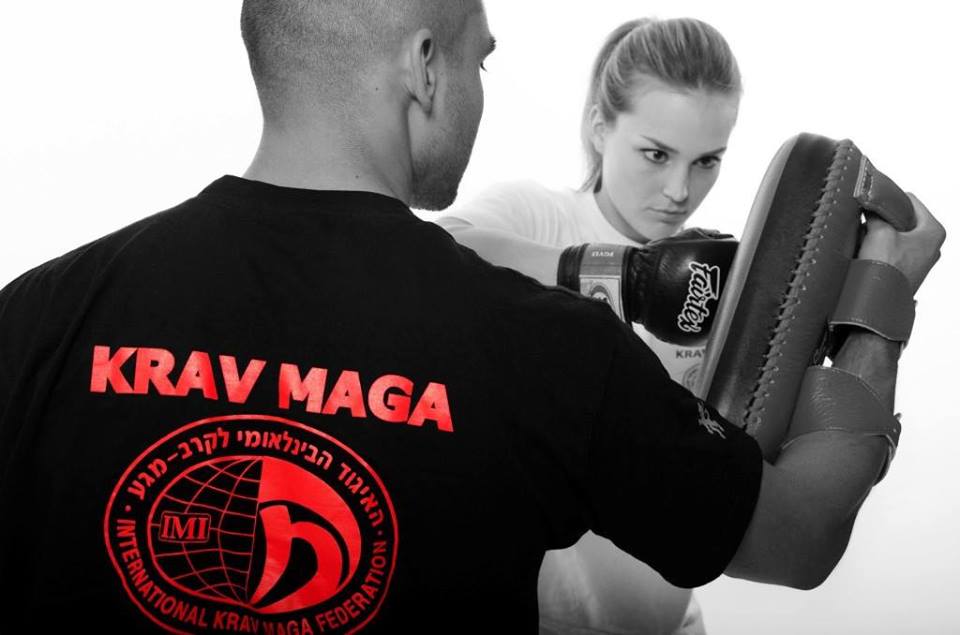In a world where personal safety is paramount, self-defense systems like Krav Maga have gained popularity for their practicality and effectiveness. Krav Maga, developed in Israel, is renowned for its focus on real-world scenarios and its adaptability for individuals of all fitness levels. If you're new to Krav Maga, this beginner's guide will provide you with the fundamental principles and techniques to help you get started on your journey to self-defense mastery.
Understanding Krav Maga
Krav Maga, which means "contact combat" in Hebrew, was originally developed by Imi Lichtenfeld for the Israeli military. Its core philosophy is to provide individuals with the ability to defend themselves in the quickest and most efficient way possible. Unlike traditional martial arts, Krav Maga doesn't have a fixed set of rules or elaborate forms. Instead, it focuses on instinctive movements and practical techniques that can be employed under high-stress situations.
Principles of Krav Maga
1. Simplicity:
Krav Maga techniques are designed to be straightforward and easy to learn. They rely on gross motor skills, ensuring that even under duress, you can execute them effectively.
2. Practicality:
Krav Maga is all about practical self-defense. Techniques are based on common attacks and threats encountered in real life, making them highly relevant.
3. Aggressiveness:
Krav Maga emphasizes aggression when necessary to neutralize threats quickly and decisively. It's not about winning a fair fight; it's about surviving a dangerous encounter.
4. Instinctive Movements:
Krav Maga techniques are built on natural, instinctive reactions. This allows practitioners to respond rapidly to threats without overthinking.
Basic Krav Maga Techniques
1. Stance and Posture:
Begin with a strong and balanced stance. Stand with your feet shoulder-width apart, knees slightly bent, and your hands up to protect your face.
2. Palm Heel Strikes:
One of the most fundamental Krav Maga strikes, palm heel strikes involve thrusting the base of your palm forward into the attacker's nose, chin, or throat.
3. Groin Kicks:
In a close encounter, a well-aimed kick to the groin can incapacitate an attacker, providing you with an opportunity to escape.
4. Eye Gouging:
In a life-threatening situation, use your thumbs to target an attacker's eyes. This can temporarily blind them and give you a chance to flee.
5. Defending Against Chokes:
Learning to defend against common chokes is essential. Techniques like the two-handed pluck can help you break free from an assailant's grasp.
6. Escaping Holds and Grabs:
Practice techniques to free yourself from common holds and grabs, including wrist grabs and bear hugs.
Training and Safety
When starting Krav Maga, it's crucial to train under the guidance of a certified Krav Maga instructor. They will teach you proper techniques and ensure your safety during practice. Additionally, here are some tips for beginner Krav Maga practitioners:
Warm-up properly before each Krav Maga training session to prevent injuries.
Always use protective gear when sparring or training with a partner.
Train regularly to build muscle memory and improve your reaction time.
Stay aware of your surroundings, and practice situational awareness in your daily life.
Conclusion
Krav Maga is more than just a martial art; it's a comprehensive self-defense system that can empower individuals to protect themselves in dangerous situations. By understanding its core principles and practicing its fundamental techniques, beginners can lay a strong foundation for their Krav Maga journey. Remember that Krav Maga is about survival, and your safety is paramount. Find a reputable Krav Maga instructor, commit to consistent Krav Maga training, and embrace the simplicity and practicality that Krav Maga offers. With dedication and practice, you can develop the skills and confidence needed to defend yourself effectively in the real world.



Comentarios